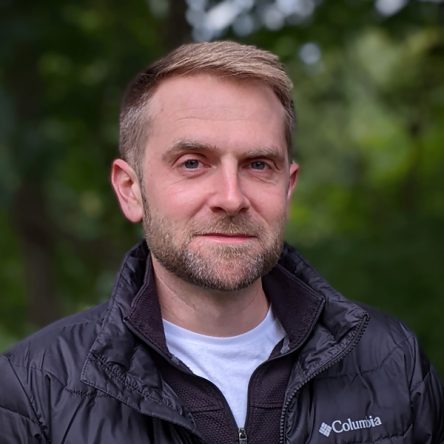Staff Profile
Tristan Horner
Preferred Name: Tristan Horner
Associate Scientist
Marine Chemistry & Geochemistry
Email: thorner@whoi.edu
Phone: 508 289 3491
Office: Clark Laboratory-4th Floor MC&G
Address:
Woods Hole Oceanographic Institution,
Mail Stop 25
266 Woods Hole Road
Woods Hole, MA 02543
Lab/Group Site: https://nirvana.whoi.edu/
Some Info I am an Associate Scientist in the Department of Marine Chemistry & Geochemistry at the Woods Hole Oceanographic Institution, where I lead the NIRVANA Lab (Non-traditional Isotope Research on Various Advanced Novel Applications). My academic journey began with an M.Sci. in Geology & Geophysics from Imperial College London in 2008, followed by a D.Phil. in Earth Sciences from the University of Oxford in 2012. After completing my doctorate, I joined WHOI as a Doherty Foundation Postdoctoral Scholar and later received an Agouron Institute Geobiology Postdoctoral Fellowship. In 2016, I joined WHOI’s scientific staff as an Assistant Scientist and advanced to my current role, Associate Scientist, in 2021.
Education
- D.Phil. Earth Sciences (2012) Department of Earth Sciences, University of Oxford, UK
- M.Sci. Geology & Geophysics (2008) Department of Earth Science and Engineering, Imperial College London, UK
Research Statement
My research sits at the intersection of chemical oceanography, isotope geochemistry, and Earth history, spanning periods from the Archean to the Anthropocene. I focus primarily on the cycling of bioactive elements, particularly trace metals, studying their modern cycles to better understand their use as proxies for historical biological productivity, nutrient levels, and ocean circulation. Additionally, I investigate how trace elements interact with minerals such as carbonates, oxides, and sulfates, examining how these interactions shape trace element distributions in the ocean and serve as records of ancient environmental conditions.
Broadly, my research is guided by three core questions:
- What are the oceanographic distributions of bioactive elements and their isotopes?
- What processes control these distributions, and on what factors do they depend?
- How do rocks record seawater chemistry, and what can they reveal about Earth’s history?
To answer these questions, I employ a combination of laboratory experiments, oceanographic fieldwork, and numerical modeling, alongside high-precision isotope analysis using multi-collector inductively coupled plasma mass spectrometry. My team focuses on non-traditional isotope systems, particularly barium, cadmium, iodine, iron, and osmium, with occasional forays into radium, thallium, and vanadium. Recently, we have integrated more statistical modeling into our research, incorporating approaches from probabilistic methods to machine learning.
Engagement and Outreach
Beyond my research, I have served the community through several editorial roles. I acted as Guest Editor for a Chemical Geology special issue on trace element cycling in the oceans, and I was an Associate Editor for Geochimica et Cosmochimica Acta for two years. In 2024, I was appointed co-Editor-in-Chief of Earth and Planetary Science Letters. Additionally, I co-author a blog, The Clean Lab Chronicles, with former lab member and long-time collaborator Peter Crockford, where we offer insights and advice on navigating a research career, especially for Earth scientists.
And Finally…
Outside the lab, I enjoy spending time with my family, exploring nature, and playing bass in a rock band, Deep Six. I am not on any social media, so for inquiries, please reach out via my WHOI email.
